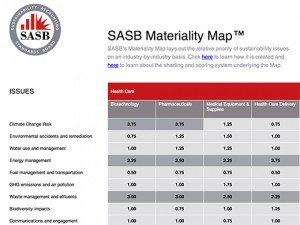Impact investing has been gaining traction as it has evolved over the years with the shift in consumer mindset from the sole purpose of business and investing is to make money to one that also includes solving social and environmental issues. Yes, for-profit investing is both morally legitimate and economically effective in addressing social and environmental challenges but impact investing refers to investments made into entities with the main intention of generating a measurable and beneficial social or environmental impact alongside financial return.
“Positive externalities” can be a better way to see the nature of impact investments. For example, companies such as Tesla and SolarCity were built because building advanced technology infrastructures that harness and utilize renewable energy sources in productive ways provides both positive returns for investors and the environment. These positive externalities need to be displayed in a way that is clear to investors, showing the actual impact that their investments have on social or environmental problems and how the corporations that they are investing in differentiate themselves as impact companies that solve problems that are more important than traditional that solely focus on delivering value and solving problems for their customers.
So, why is the future of impact investing all about measuring impact? In these recent decades, investors have become more clear about what they want from their investment and corporations have become more capable at capturing, analyzing, and presenting data related to their triple-bottom-line results through sustainability-impact reporting. So, who cares about measuring impact? The millennials will play the main role in the future of impact investing as they are the main recipients of the largest wealth transfer in all of history. People in this generation have become more open minded and conscious of sustainability. In order for this generation to be convinced that sustainability is the solution to long-term success of not just companies but also the planet, impact needs to be measured and displayed in a meaningful way that instigates and drives action beyond awareness.





